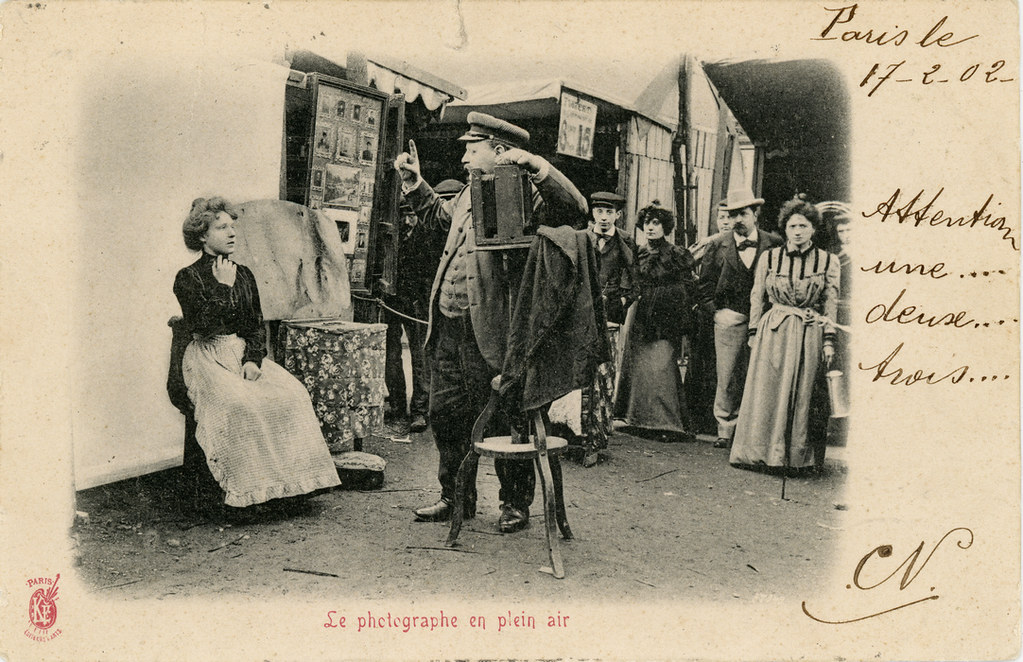#Paris 1902
Text

Fishing on the banks of the Seine river in Paris
French vintage postcard, mailed in 1902 to Nice
#fishing#tarjeta#postkaart#paris#sepia#nice#river#seine#historic#photo#1902#postal#briefkaart#photography#mailed#vintage#ephemera#ansichtskarte#old#postcard#french#banks#postkarte#carte postale
12 notes
·
View notes
Text
okay something that's been bothering me for some time is that Cordelia was born in 1885, the same year as Thomas. and like Thomas, that should mean she's eighteen in tlh, which takes place entirely in 1903. but she's 17 in ChoG (I think??) which is fine, since her birthday could just be in the later part of the year. but she never has a birthday, never once is it mentioned Cordelia, the main character, turned 18 and therefore reached the age of majority (which would have been relevant in choi when Thomas was patrolling alone for example). but chot ends at the end of 1903 so even if her birthday is the 31st of December she still shouldve turned eighteen.
and the reason this is important is shadowhunters can only become parabatai in childhood aka before the age of eighteen. but Cordelia & Lucie's parabatai ceremony happens in March (?) 1904 and Cordelia definitely should've aged out by then... Also if you look on the wiki it does say the cut off is nineteen but that's wrong, in the codex it says eighteen & I trust that more tbh
#also travel years are only things 18+ shadowhunters are able to go on#like it's a young adult thing were you go on patrols & see the world etc.#and Alastair met Charles on his travel year to Paris meaning they've known each other for a year max 😐#like there's quotes where they mention years.... what years Alastair just turned 19#ALSO Charles got engaged to Ariadne in 1901!!!#before he went to Paris!!!#anyway I need to stop#moral of the story is cc wouldn't know what a timeline is if it hit her on the head#actually wtf was Thomas doing in Paris in 1902 anyway. he wouldve just been 17.#also at the beginning of chog they mention he was gone 9(?) months and just got back but it's like... August#none of this makes sense it hurts my head#alastair carstairs#cordelia carstairs#thomas lightwood#cassandra clare#the last hours#chain of gold#chain of iron#chain of thorns#is this spoilers?#chain of thorns spoilers#cot spoilers#chot spoilers#the shadowhunter chronicles
28 notes
·
View notes
Video
𝓗𝓲𝓼𝓽𝓸𝓻𝓲𝓪
Paris, 1902.
Con todo a lo que ahora estás acostumbrado, y me refiero al mundo tecnológico ¿Crees que podrías sobre vivir a esa época?
14 notes
·
View notes
Text

Hexagonal Tea Box with Fucus (Algae) Decoration. Designed by Lucien Bonvallet and made between 1902 and 1911 in Paris, France. Medium is embossed solid silver coated with an iridescent black finish. Musée d'Orsay inventory number: OAO 1882.
(Source: musee-orsay.fr)
#tea caddy#bottles#decorative arts#Lucien Bonvallet#early 1900s#art nouveau#french design#metal#silver#black#b&w#iridescent
3K notes
·
View notes
Text
instagram
#designed a career#At 29 years old#Jean Royère#working initially as a banker#in 1929 resigned from his career in order to be an interior designer.#Born in Paris#in 1902 into a wealthy family#Royère became an interior designer and was known for his bright#plush#and playful furniture.#In 1931#the designer worked on his first commision: for his uncle#he designed a set of garden furniture.#Eleven years after#Royère opened his own agency and in 1949#a large gallery.#In 1972#after a long and international career#Jean Royère stopped working as a designer and split his time between France and the United States#where he lived until his death.#designed#design#designer#furniture#sofa#chair#lamps#armchair#table#metal
0 notes
Video
Le photographe en plein air.1902 par Peppin ANAGLYPHE
0 notes
Text

Always There, Women in Motorsport: The fast women of la belle époque
Women's history in motorsport is rich, and that has always been the case. Most of these stories however aren’t well known and aren’t spoken about enough. Women have always been in motorsport and always will be.
Three French women, Hélène van Zuylen, Camille du Gast, and Anne de Rochechouart de Mortemart are some of the fastest women from France’s La Belle Epoque (circa 1880-1914).
In 1898 Anne de Rochechouart de Mortemart (1847-1933) (also known as the Duchess of Uzes) became the first woman in France to obtain her driver’s license. While getting out of the car she announced with delight that woman had just overcome a new barrier. Not long after she also became the first to be caught speeding for which she had to pay a five franc fine.
in 1926 she founded the first female Automobile Club, L'Automobile Club féminin de France (ACFF)

The Duchess of Uzes in 1927
Hélène van Zuylen (pictured on the cover image) was a French author but also the first woman to compete in an international auto race. Baron Etienne van Zuylen, her husband, was the President of the Automobile Club de France
She entered the 1898 Paris–Amsterdam–Paris using the nickname Snail, while her husband used the nickname Escargot. She successfully competed the trail and entered the Paris-Berlin race in 1901 but was stopped by technical failure.
That year Hélène, a lesbian, would meet Renée Vivien with whom she would have an affair. Vivien's letters to a confidant revealed that she considered herself married to Hélène. Most of Vivien's work is dedicated to "H.L.C.B.," the initials of Zuylen's first names.
Just over a decade before she died, Hélène van Zuylen created the Renée Vivien Prize, Honoring the woman she loved and intending to give encouragement to female writers.
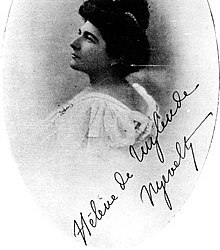
Hélène van Zuylen - Nouvelle Revue internationale illustrée, December 1908
Camille du Gast (1868-1942) finished 33rd (19th in class) out of 122 participants in the 1901 Paris-Berlin race. Du Gast, achieved the results despite driving her husband's 20CV Panhard-Levassor which was not designed for racing. She had to start the race in last because she was a woman. The race did mark 2 female competitors with du Gast and van Zuylen. She loved several extreme sports such as mountaineering, parachuting and frencing.
In 1902 she competed in the Paris-Vienna race and also wanted to compete in the New York-San Francisco but was refused entry because she was a woman.
In 1903 she would start the Paris-Madrid race. Which she would enter with a proper racing car, a works 5.7-litre de Dietrich car. It was a chaotic race with 207 competitors which unfortunately saw several deaths. Camille started in 29th and gained 9 positions in the first 120 km. She had climbed up to P8 before stopping to give medical aid to a fellow driver, Phil Stead (also driving a de Dietrich) involved in a near-fatal crash.
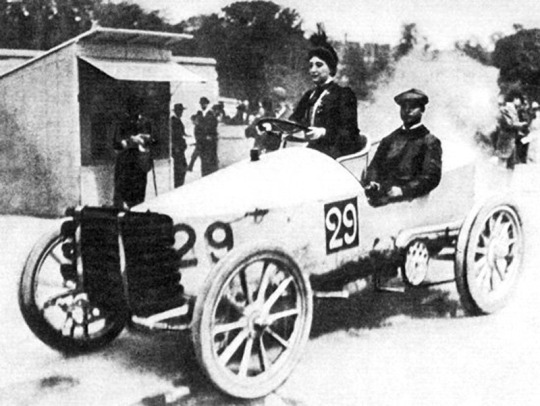
Camille du Gast in her 30 hp De Dietrich with starting number 29 during the 1903 Paris-Madrid Race
Later one of the leading drivers at that time, Charles Jarrot said that if Camille had not stopped Stead likely would have died. After an ambulance arrived she continued the race eventually finishing 44th or 45th in the shortened race.
The French government would stop the race at Bordeaux, as over half of the field (275 cars) had either crashed or retired and several drivers and spectators had died.
Open road racing was banned, so in 1904 Camille wanted to participate in the French elimination trial for the Gordon Bennett races, as the Benz factory team offered du Gast a race seat. But the Autosport Club France (ACF) banned women from racing. Du Gast published a letter in protest but the ban was defended as the ACF could not risk a woman getting injured or killed in a racing event.
Because of this she ventured to boat racing. One of those races was caught by a big storm which saw most competitors either abandon their ship or they sank. She was rescued and later declared the winner of that race.
Eventually she had to put a halt to her adventurous life when she survived an assassination attempt by her daughter. Nothing was ever the same for her after that. From that point she devoted herself to animals. She would serve as president of the 'French Society for the Prevention of Cruelty to Animals'
NEXT UP > More female racing drivers from the early 1900s
#Hélène van Zuylen#Camille du Gast#Anne de Rochechouart de Mortemart#Women's Motorsport History#*History Series#*History Series: Always There Women in Motorsport#Women in Motorsport#Also a little bit of queer motorsport history !#international women's day
146 notes
·
View notes
Text

Gaston Goor (1902-1977) was a highly accomplished and controversial painter of boys. His principal patron for more than 30 years was Roger Peyrefitte. Goor illustrated many of Peyrefitte books and also made a number of works on various themes, many of which decorated the walls of Peyrefitte's Paris apartment.
128 notes
·
View notes
Text

Nursing Great Dane, Prosper Lecourtier, 1804-1902, marble, Orsay Museum, Paris.
385 notes
·
View notes
Text
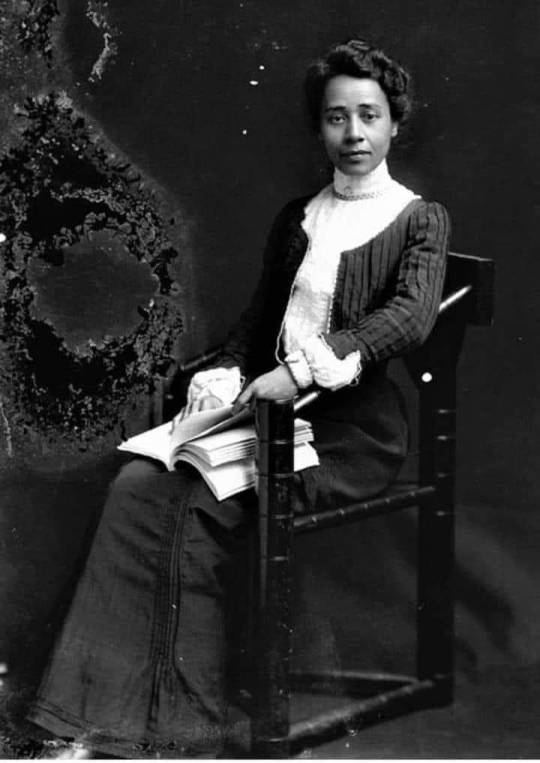
𝗔𝗡𝗡𝗔 𝗝𝗨𝗟𝗜𝗔 𝗛𝗔𝗬𝗪𝗢𝗢𝗗 𝗖𝗢𝗢𝗣𝗘𝗥 (1858-1964)
Anna Julia Haywood Cooper was a writer, teacher, and activist who championed education for African Americans and women. Born into bôndage in 1858 in Raleigh, North Carolina, she was the daughter of an enslaved woman, Hannah Stanley, and her owner, George Washington Haywood.
In 1867, two years after the end of the Civil Wàr, Anna began her formal education at Saint Augustine’s Normal School and Collegiate Institute, a coeducational facility built for former slàves. There she received the equivalent of a high school education.
Anna Haywood married George A.G. Cooper, a teacher of theology at Saint Augustine’s, in 1877. When her husband died in 1879, Cooper decided to pursue a college degree. She attended Oberlin College in Ohio on a tuition scholarship, earning a BA in 1884 and a Masters in Mathematics in 1887. After graduation Cooper worked at Wilberforce University and Saint Augustine’s before moving to Washington, D.C. to teach at Washington Colored High School. She met another teacher, Mary Church (Terrell), who, along with Cooper, boarded at the home of Alexander Crummell, a prominent clergyman, intellectual, and proponent of African American emigration to Liberia.
Cooper published her first book, A Voice from the South by a Black Woman of the South, in 1892. In addition to calling for equal education for women, A Voice from the South advanced Cooper’s assertion that educated African American women were necessary for uplifting the entire black race. The book of essays gained national attention, and Cooper began lecturing across the country on topics such as education, civil rights, and the status of black women. In 1902, Cooper began a controversial stint as principal of M Street High School (formerly Washington Colored High). The white Washington, D.C. school board disagreed with her educational approach for black students, which focused on college preparation, and she resigned in 1906.
In addition to working to advance African American educational opportunities, Cooper also established and co-founded several organizations to promote black civil rights causes. She helped found the Colored Women’s League in 1892, and she joined the executive committee of the first Pan-African Conference in 1900. Since the Young Women’s Christian Association (YWCA) and the Young Men’s Christian Association (YMCA) did not accept African American members, she created “colored” branches to provide support for young black migrants moving from the South into Washington, D.C.
Cooper resumed graduate study in 1911 at Columbia University in New York City, New York. After the death of her brother in 1915, however, she postponed pursuing her doctorate in order to raise his five grandchildren. She returned to school in 1924 when she enrolled at the University of Paris in France. In 1925, at the age of 67, Cooper became the fourth African American woman to obtain a Doctorate of Philosophy.
In 1930, Cooper retired from teaching to assume the presidency of Frelinghuysen University, a school for black adults. She served as the school’s registrar after it was reorganized into the Frelinghuysen Group of Schools for Colored People. Cooper remained in that position until the school closed in the 1950s.
Anna Julia Cooper dièd in 1964 in Washington, D.C. at the age of 105.
#anna cooper#black tumblr#black history#black literature#black community#black excellence#civil rights#black history is american history#black girl magic#blackexcellence365
65 notes
·
View notes
Text

John Duncan Fergusson - The Trocadéro, Paris (ca. 1902)
160 notes
·
View notes
Text

Folkestone Lighthouse, United Kingdom
British vintage postcard, mailed in 1902 to Paris
#1902#historic#lighthouse#photo#briefkaart#vintage#british#folkestone#folkestone lighthouse#united#sepia#photography#kingdom#carte postale#paris#postcard#mailed#postkarte#postal#tarjeta#ansichtskarte#old#united kingdom#ephemera#postkaart
28 notes
·
View notes
Photo

Auguste Herbin (France 1882-1960)
The Roofs of Paris under the Snow (1902)
oil on canvas 72 x 66 cm
838 notes
·
View notes
Text
Hot Vintage Stage Actress Round 1

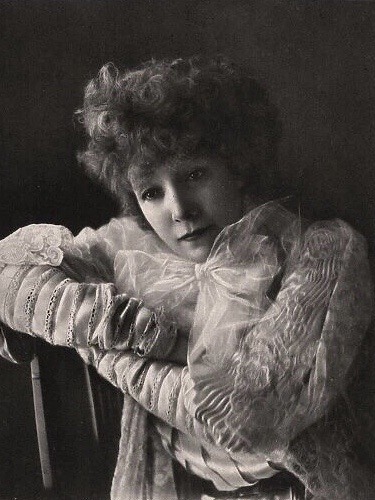
Lina Cavalieri: L'Ensoleillad in Chérubin (1905 Monte Carlo); Princess Fedora Romazov in Fedora (1906 Met); Manon Lescaut in Manon Lescaut (1907 Met)
Sarah Bernhardt: Théodora in Théodora (1902 Paris); Pelléas in Pelléas et Mélisande (1905 West End); Lucrezia Borgia in Lucrèce Borgia (1911 Paris)
Propaganda under the cut
Lina Cavalieri:
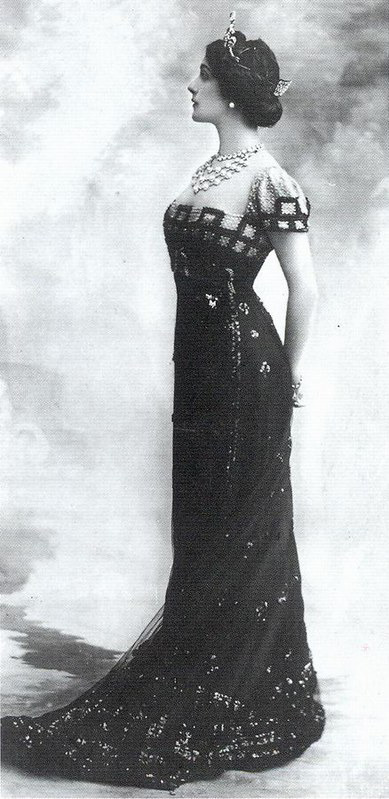


Sarah Bernhardt:
She was The Iconic Actress of the early 1900s. I love her curly hair (just like mine!) and her dedication to genderbending every single chance she got. Absolutely wild life and also..she's gorgeous





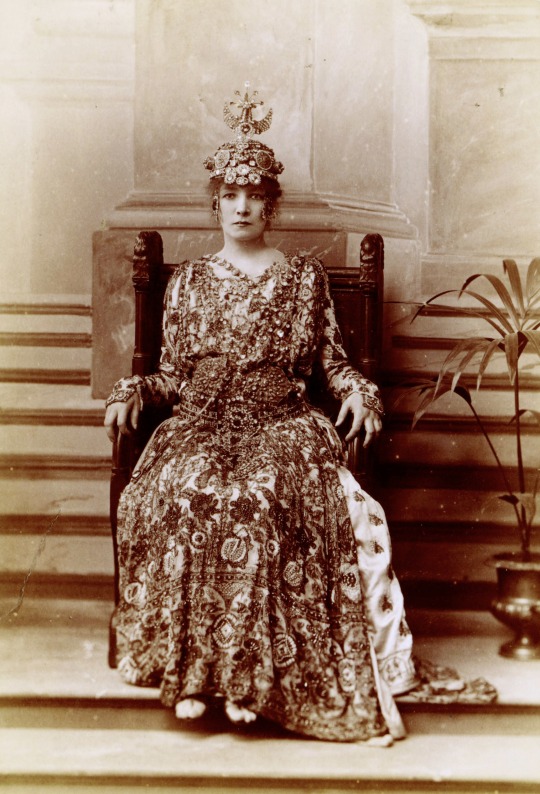
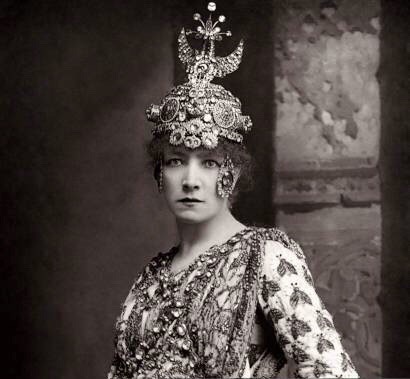

#vintagestagehotties#vintagestagepoll#vintage tournament#vintage poll#lina cavalieri#sarah bernhardt#ladies round 1#vintage ladies
68 notes
·
View notes
Text

LES ENTRAILLES DE LA TERRE (aka THE BOWELS OF THE EARTH) by Eugene Caustier. (Paris: Nonya, 1902)
"First part: origin, general features of earth, underground waters, underground fires & volcanic activity, geysers, hot springs, and earthquakes. Part two: mines & quarries, each described under chapters on coal, oil, petroleum, metals, non-metals, etc., with diamond and precious stones comprising Chapter 7, p. 384-410... The third part of the book is devoted to caverns, tunnels, and excavations underground..."--Gemology by J. Sinkankas


source
#beautiful books#book blog#books books books#book cover#books#vintage books#illustrated book#gemstones#mining#book design
103 notes
·
View notes
Text
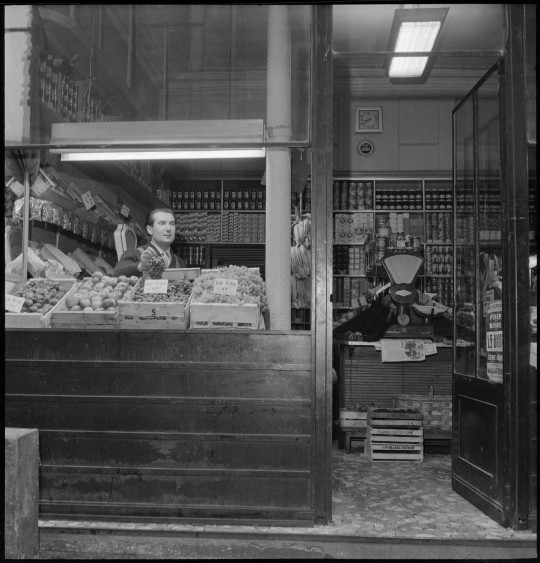
Denise Colomb (1902-2004)
Chez le primeur
Paris 1953-1954
49 notes
·
View notes
